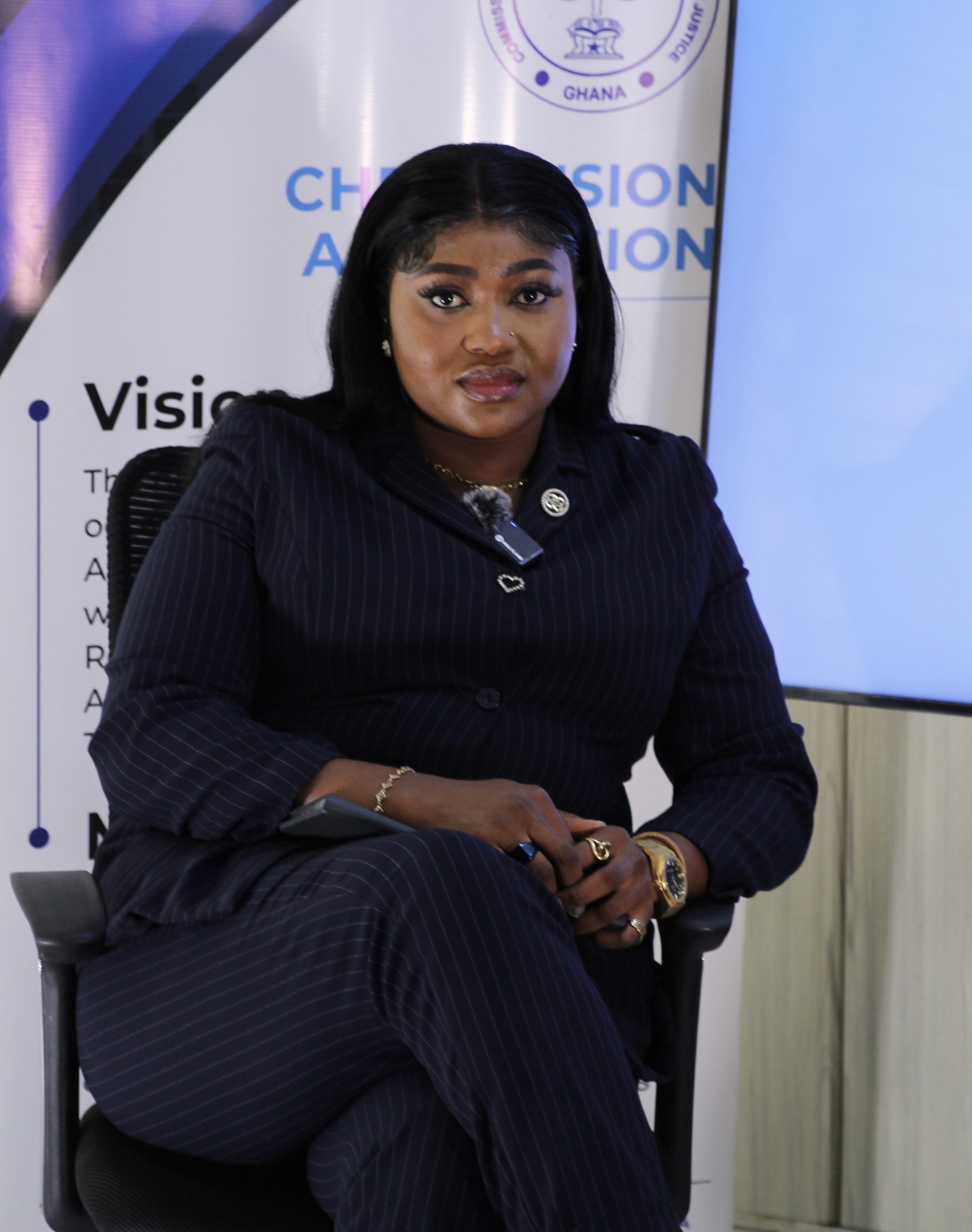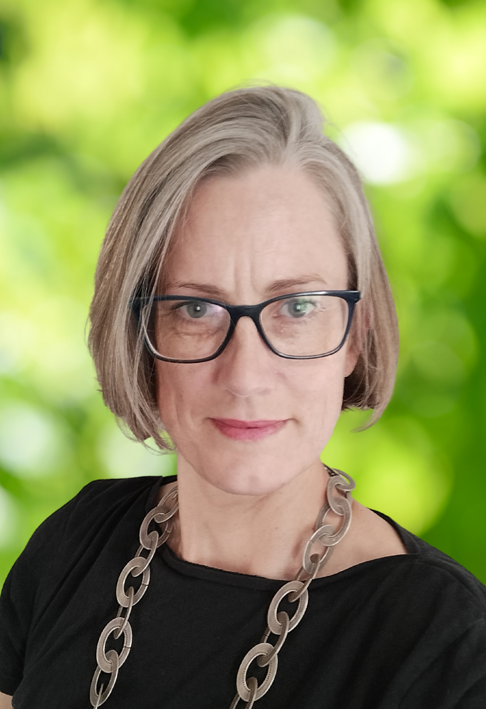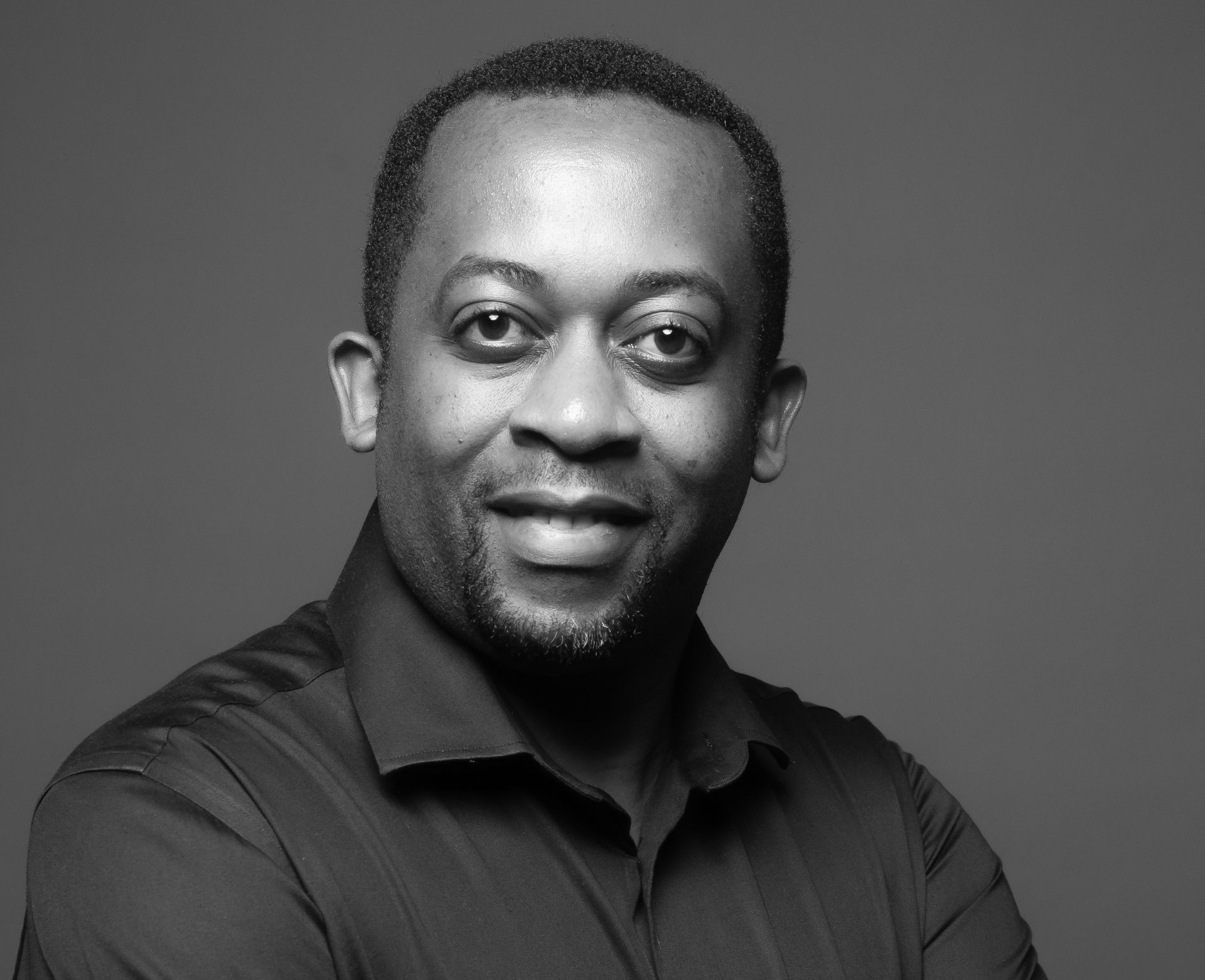Rufina Dimboey Pwawuvi is the Senior Communications Officer at the Commission on Human Rights and Administrative Justice, Ghana. Her journey began with admiration for a senior professional who inspired her to pursue communications. In this interview, she shares her experience leading a memorable campaign and her advice to young comms professionals working in the human rights sector.
How did you start your journey in Communications?
My journey in Communications began with a strong admiration for Madam Hannah Tetteh, whose eloquence, confidence and professionalism deeply inspired me. At the time, she was the National Communications Director of the National Democratic Congress (NDC), and I vividly remember watching her on TV and saying to myself, “I want to be like her.” That moment shaped my career path.
I pursued a degree in Communication Studies, majoring in Public Relations, Marketing, and Advertising, to understand how information shapes perception and drives change. Later, I earned a Master’s degree in Strategic Public Relations Management to refine my communication strategy, crisis management, and stakeholder engagement skills. I am now pursuing a Bachelor of Laws degree to complement my communications background, because I believe understanding the law enhances my ability to communicate human rights and justice issues more effectively.
What do you do in your role as Senior Communications Officer at the Commission on Human Rights and Administrative Justice (CHRAJ), Ghana?
My core responsibility is to promote the visibility, awareness, and understanding of the Commission’s work among the Ghanaian public. I assist in managing media relations, coordinating communication strategies, and creating content across our digital and traditional media platforms.
Over the years, I have cultivated partnerships with more than 10 media houses, securing consistent and quality coverage of CHRAJ’s programs which have contributed to increasing media visibility. I have coordinated over 15 media interviews for the Commission members ensuring our institutional messages get to the public on time.
Additionally, I contribute to communication planning through weekly media monitoring and reporting, writing news stories and developing multimedia content to drive public awareness of CHRAJ’s mandate.

Can you remember some moments in your career that have made you proud? Tell us about them.
I have had a few moments in my career that have been fulfilling, but one that stands out was the launch of Ghana’s National Action Plan on Business and Human Rights (NAP-BHR) on 11th July 2025 at the Alisa Hotel. As the Communications Officer responsible for media relations, I was tasked with ensuring maximum publicity for this historic event.
However, on the same day, the Ablekuma North re-run elections were unexpectedly scheduled, diverting national media attention. It was a true test of adaptability and professional relationships. Leveraging years of trust and collaboration with editors, journalists, and correspondents, I was able to secure maximum coverage across key media outlets despite the competition for news space.
This was a proud moment really because of my ability to calmly navigate the challenge, exhibit composure under pressure, as well as successfully leveraging my relationships.

What are some misconceptions you often face practicing Communications in such a sensitive field? How do you deal with them?
One common misconception is that communication is merely about issuing statements, when, in fact, it’s about developing key messages and framing narratives that influence perception and behavior as well as public education and advocacy.
To navigate this, I remain grounded in research, accuracy, ethics and timely dissemination of information. I make sure that in every opportunity to perform a task, I demonstrate to others through the quality of my output that communication is not a peripheral function, neither is it an ornament, but it is a strategic and essential part of any organisation’s work.
Tell us about a particularly memorable campaign or project you’ve led.
One memorable project would be the development and dissemination of CHRAJ’s Right to Information Manual, which improved institutional compliance with the RTI Act, 2019 (Act 989) and enhanced public understanding of the right to access information within CHRAJ.
Another highlight would be coordinating and securing media participation for a capacity building workshop, ensuring the active involvement of 25 journalists. The session not only strengthened collaboration between the Commission and the media, but also enhanced more informed and responsible coverage of human rights issues especially regarding marginalised groups and CHRAJ’s work in general.

What advice would you give to a young communications officer working in human rights?
Communication in this field is about promoting respect for human rights, advocacy, restoring dignity through remedies and amplifying marginalised voices and my advice is:
Learn continuously and stay informed about legal frameworks, governance issues, and social dynamics.
Build credibility and integrity, as they are your strongest asset.
Always balance professionalism with compassion, because how you communicate shapes people’s perceptions.




